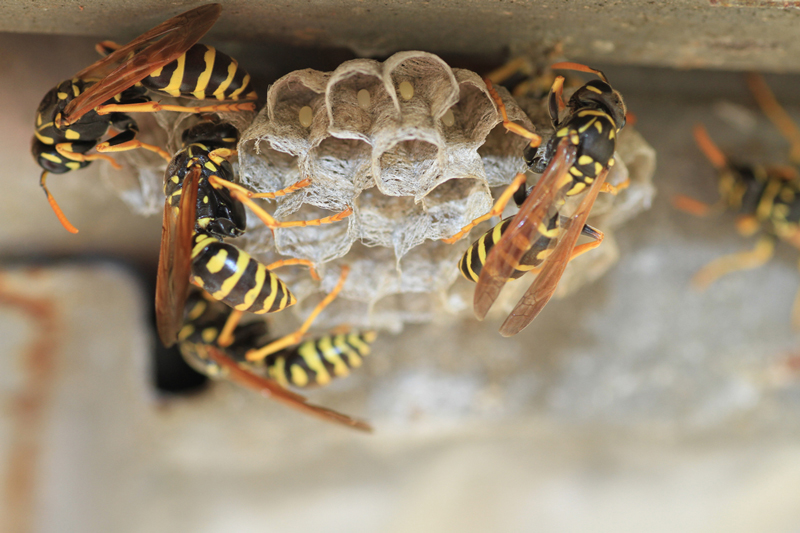Stinging insects are responsible for sending more than a hundred thousand people to emergency rooms each year. With their venomous bites, they can cause various health risks ranging from mild discomfort to lethal allergic reactions.
To protect yourself from such risks, it’s essential to identify different stinging insects. Below are the most common types you should look out for:
Bees
Often depicted in pop culture as winged, black-and-yellow striped insects, bees are arguably the most familiar to people. Their colored patterns serve as a “warning label” to keep predators away, giving off a sign of their ability to sting. Sometimes, bees in Indiana make their way into people’s homes in search of a place to build a beehive—usually in dark areas like wall voids or chimneys.
Generally, bees only sting humans to protect themselves or their nest. Oftentimes, the stings may cause mild symptoms, such as sharp, burning pains in the skin area. But, they can also trigger moderate to severe reactions, which can include swelling, difficulty in breathing, nausea, and loss of consciousness.
Yellow Jackets
These insects are usually mistaken for bees due to their similar black-and-yellow patterns. But what sets them apart is that yellow jackets have smooth, thin bodies, whereas bees have fuzzy, rounder ones. Usually living underground or in abandoned rodent burrows, they are known to be extremely protective of their colonies and may attack anyone who comes close to their nest.
Unlike some bees that only sting once such as honeybees, yellow jackets can repeatedly nip on their victims. Their venom can cause allergic reactions varying from mild to severe, which may include inflammation, itching, fatigue, or dizziness.
Hornets
These kinds of wasps consist of 20 species, with European and bald-faced hornets being the most common in the United States. The former appears brown with yellow-orange stripes, while the latter has a body with predominantly white-gray patterns.
Hornets in Indiana, Michigan, Ohio, and Illinois usually build their hives in tree branches, shrubs, attics, or underneath sidings. Since they prey on other insects, like flies, caterpillars, and ticks, hornets can be beneficial in eliminating pests. But, you should still call for professional help if they’re on your premises as they are likely to attack humans within close proximity of their colony.
Protect Your Family With Arrow Services, Inc.
Found traces or signs of pest infestation in your home? Arrow Services, Inc. is the one to call. We use environmentally-safe and viable solutions to eliminate hornets, yellow jackets, wasps, and bees in Indiana, Michigan, Ohio, and Illinois residences. If you’re not sure about the kind of pest problem you have, our entomologist can help identify it. Contact us today.

